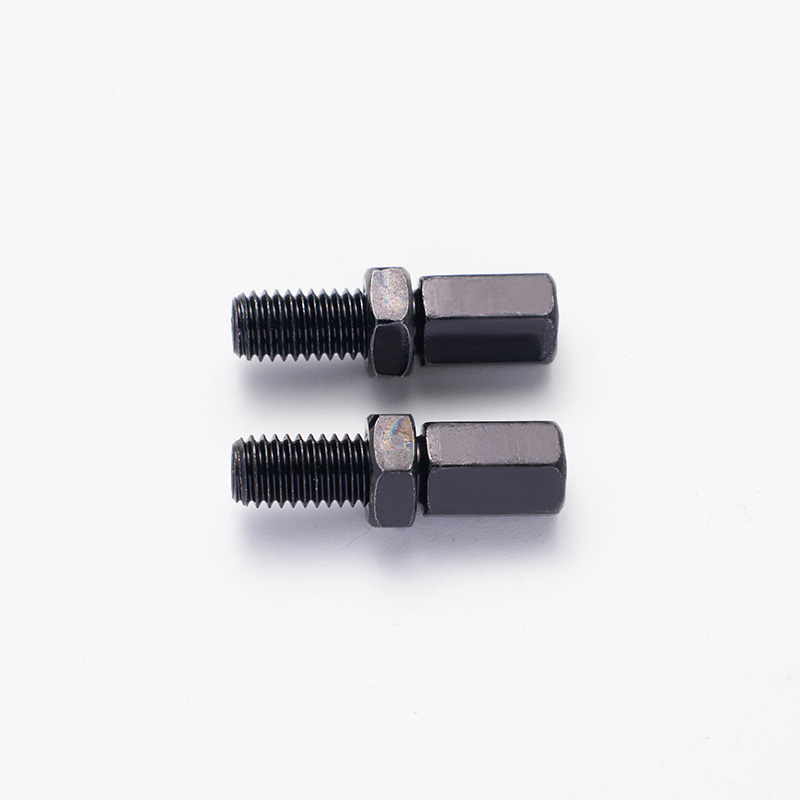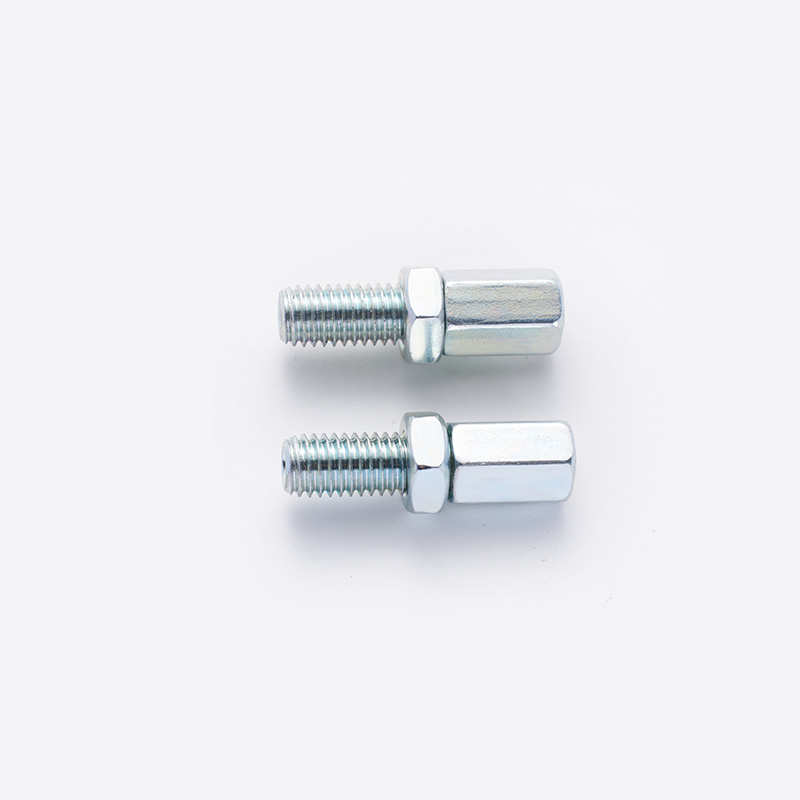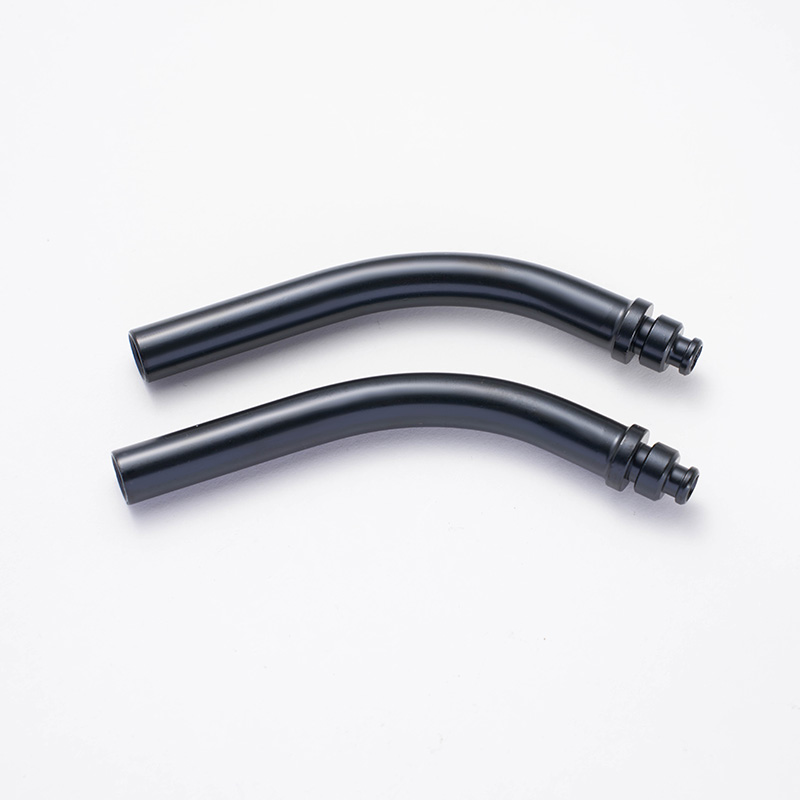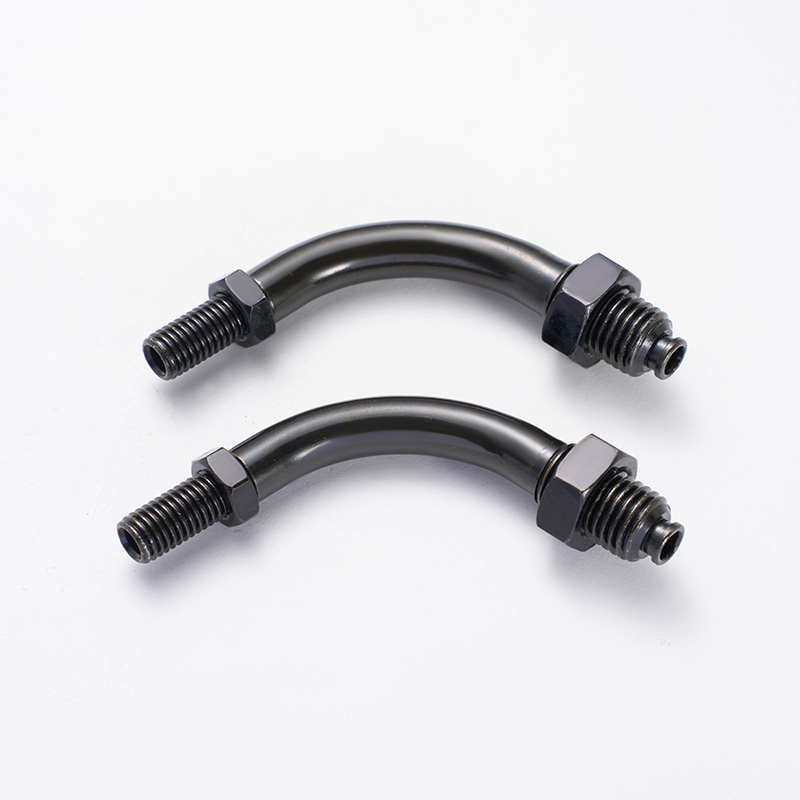Modern throttle cable elbow assemblies now feature advanced polymer composites and CNC‑machined metal housings, ensuring both low friction and high strength under mechanical stress. The updated throttle cable elbow technology addresses common pain points—cable wear at entry points, binding under heat, and complexity during replacement—by integrating self‑lubricating liners and corrosion‑resistant sleeves. This next‑generation throttle cable elbow not only extends service life by up to 40% but also maintains smooth throttle actuation across thousands of cycles.

Technical Innovations Driving Performance
The core innovation lies in the internal geometry of the throttle cable elbow itself. Traditional elbows relied on simple right‑angle bends that increased friction and accelerated cable degradation. Newer throttle cable elbow models incorporate a precision‑engineered curvature that maintains a consistent cable bend radius, drastically reducing contact pressure. Coupled with PTFE‑coated inner liners, these throttle cable elbow assemblies achieve friction reductions of 60%, translating to crisper throttle response and reduced rider fatigue.
Materials and Durability
One of the most significant advancements in throttle cable elbow design is the shift toward high‑performance thermoplastics reinforced with glass fibers. These materials withstand temperatures exceeding 150°C without creep, ensuring that the throttle cable elbow retains its shape and alignment even under heavy engine bay heat. Stainless steel insert sleeves further shield the critical bending zone from corrosive elements and road salts, guaranteeing that the throttle cable elbow maintains consistent performance season after season.
Ease of Installation and Maintenance
Beyond material upgrades, the user experience of the throttle cable elbow has been dramatically simplified. Quick‑release locking collars and color‑coded housing adaptors enable technicians to install or replace the throttle cable elbow in under two minutes, even on compact handheld equipment. This plug‑and‑play approach to throttle cable elbow maintenance eliminates the need for specialized tools, reducing downtime and labor costs in commercial service shops.
How long does a compact throttle cable elbow last?
A compact throttle cable elbow is a small but practical part in the motorcycle throttle system. It helps guide the throttle cable smoothly, especially in places with limited space. Since it is in constant use, riders often wonder how long it can last.
1. Material Quality
Metal Elbows: Stainless steel or zinc alloy versions usually offer higher durability.
Plastic Elbows: Lightweight and affordable, but more prone to wear over time.
Impact of Quality: Better materials directly translate to longer service life.
2. Riding Environment
Clean Road Use: Riding on paved, dry roads puts less stress on the part.
Dusty or Wet Conditions: Exposure to rain, mud, and dust accelerates wear.
Heat and Vibration: Prolonged exposure to engine heat can weaken certain materials.
3. Maintenance Habits
Lubrication: A well-lubricated cable reduces friction inside the elbow.
Inspection: Regular checks help identify early signs of sticking or unusual wear.
Cleaning: Keeping the area free from dirt extends the lifespan of both cable and elbow.
4. Average Service Life
Typically 2 to 5 years, depending on quality, usage, and care.
With careful maintenance, some elbows may last longer.
Heavy use or harsh conditions may shorten the replacement cycle.
5. Safety Considerations
Watch for stiff throttle response or increased resistance.
Replace early if wear is visible to avoid sudden throttle issues.
Although inexpensive, it plays a vital role in smooth riding.
90 Degrees Throttle Cable Bend?
A 90 degrees throttle cable bend, or right-angle elbow, is another common design. It allows the throttle cable to move through a controlled angle without being forced into an awkward position.
The main benefit of a 90 degrees throttle cable bend is its ability to reduce stress on the cable. Without it, a cable that curves sharply might rub against its housing and wear out faster. The bend ensures a smoother routing, helping the cable move freely and reducing the chances of premature damage. It also improves the overall appearance of the cable layout, giving a cleaner and more organized finish.
1. Purpose and Function
Guides the cable neatly when space is limited near the carburetor or throttle body.
Prevents sharp bends that can increase friction and reduce cable life.
Offers a more organized and professional cable layout.
2. Benefits
Reduced Cable Stress: A smoother bend avoids kinks and fraying.
Improved Reliability: Extends the service life of the throttle cable.
Cleaner Appearance: Contributes to a neater overall look of the motorcycle.
3. Choosing the Right Bend
Compatibility: Ensure the elbow fits the specific throttle cable and carburetor.
Size Matching: A poor fit can cause looseness or even air leaks.
Material:
Metal versions are durable and long-lasting.
Plastic versions are lighter and lower-cost but may wear faster.
4. Maintenance Practices
Lubrication: Keeps the throttle action smooth.
Inspection: Look for cracks, corrosion, or signs of cable wear near the bend.
Replacement: Timely replacement avoids bigger problems in throttle control.
5. Service Life
With proper care, a 90 degrees throttle cable bend can last for several years.
Just like compact elbows, its durability depends on usage conditions and maintenance.
Both compact throttle cable elbows and 90 degrees bends are small yet important components in motorcycle throttle systems.
Their lifespan is influenced by material quality, riding environment, and maintenance habits.
On average, riders can expect 2 to 5 years of service, but this varies widely.
Regular inspection, lubrication, and timely replacement are simple ways to keep throttle performance safe and reliable.
While these parts are affordable, their role in ensuring smooth throttle operation makes them worth close attention.
 boo@zjmgmm.com / 958587858@qq.com
boo@zjmgmm.com / 958587858@qq.com English
English русский
русский Español
Español عربى
عربى






 English
English  Building 33, Demonstration Park, No. 318 Chenguang Road, Eastern New District, Wenling City, Taizhou City, Zhejiang Province, China
Building 33, Demonstration Park, No. 318 Chenguang Road, Eastern New District, Wenling City, Taizhou City, Zhejiang Province, China  0086-576-86337978
0086-576-86337978  0086-576-86333878
0086-576-86333878
 boo@zjmgmm.com
boo@zjmgmm.com 